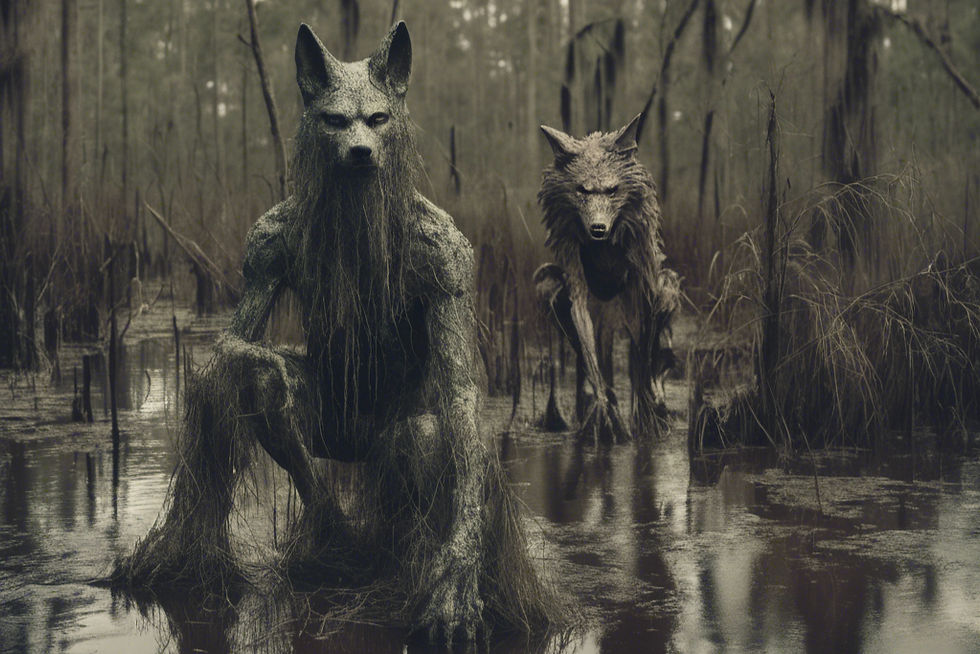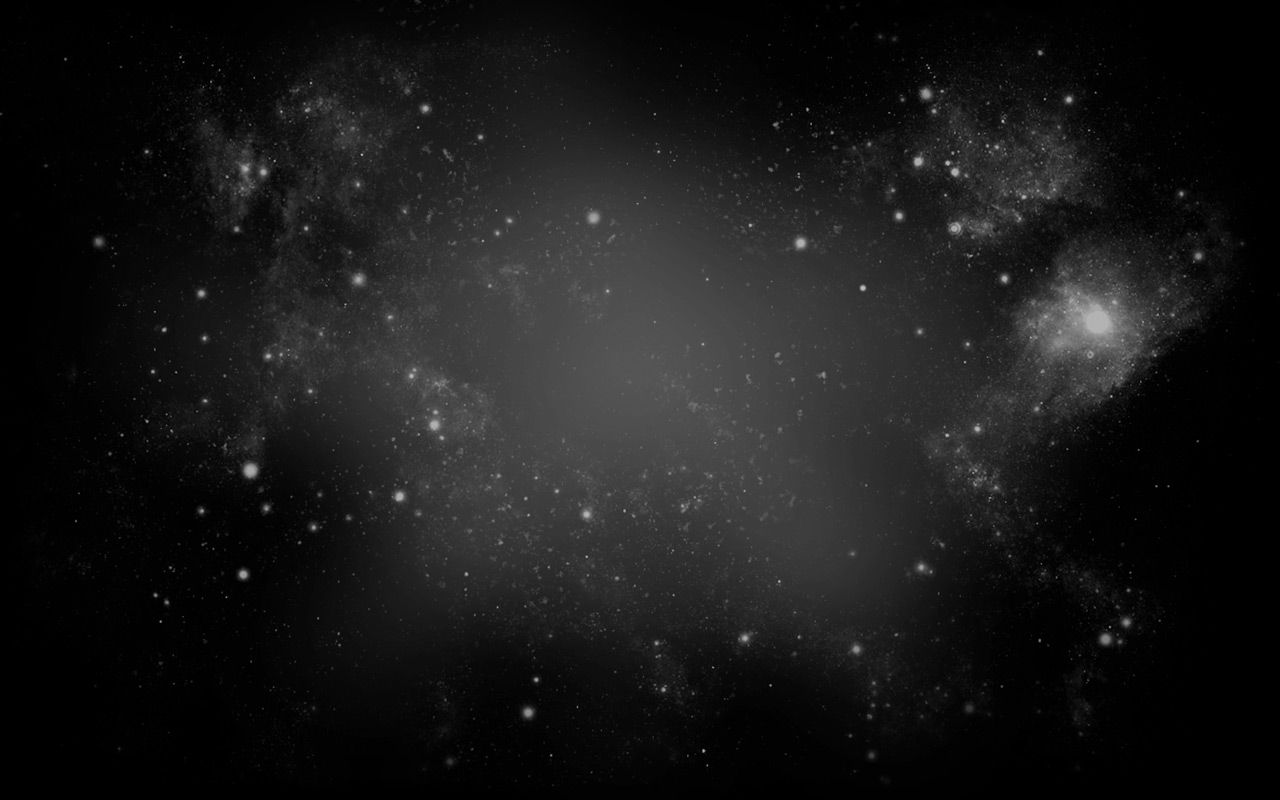Where Exactly Did The Rougarou Come From?
- FATE Magazine
- Oct 24, 2024
- 3 min read

Almost anyone growing up in south Louisiana has heard of the rougarou, a creature with the body of man and the head of a wolf that prowls around the swamps and bayous of Acadiana and Greater New Orleans looking for misbehaving children that disobey their parents.
Evan Trammel, of Franklin, submitted a question about the origins of the rougarou legend.
When the French came to the Americas, they brought some of their legends with them. In French-speaking Canada, one of the more popular stories is about the loup-garou, the French term for werewolf or "one who turns into a wolf."
Traveling south to Louisiana, these French Canadians brought the loup-garou legends with them, they mixed with legends already present in the area, and became the rougarou.
According to Barry Ancelet, a professor emeritus of Francophone studies at the University of Louisiana at Louisiana, one’s concept of the rougarou is dependent on the storyteller more than any literary or cultural tradition.
In a questionnaire about the rougarou, Ancelet explained that despite the many different variations in storytelling about the rougarou, most are connected to the original French "loup-garou."
“There is not 'a legend' of the rougarou/loup-garou. There are a number of stories that feature this legendary character in various ways,” Ancelet said. “They are mostly based on the international (especially European) notion of the werewolf, that is the character who shifts shapes between human and wolf.”
There are some differences between the loup-garou and the rougarou. In stories of the loup-garou, a person often transforms fully into a wolf. The rougarou, however, maintains their human shape with a wolf's head. They also are thought to maintain human intelligence and awareness of who they are.
The stories heard about the rougarou vary greatly, Ancelet said. One’s perception of the rougarou is often dependent on their family’s interpretation of the story.
Glen Pitre, a filmmaker in Cut Off, heard many different stories about the rougarou growing up.
“On the back porch in the evening, if there was enough breeze to keep the mosquitos off, people would tell stories,” Pitre said.
The one he remembers best was told to him by his father, who first heard the story from Pitre’s grandfather. In this story, the central character was a young oysterman who was haunted by the rougarou, losing his friendships and fiancée as a result. Eventually, the man was able to kill the rougarou with a walking stick sharpened from the oyster shells on the ground as he walked to the docks every day.
Pitre said most commonly, the rougarou was described as “as big as a man, covered with hair, and with big teeth but the saddest eyes.”
Pitre said the tales he heard as a child were passed around like small-town gossip. If a stranger was feared or had done someone wrong, the rougarou was a way to tell a story about them.
Today, the rougarou is a staple of Cajun folklore. Some writers, including Ancelet, use the rougarou as an allegory for one having a dual identity. Ancelet described the rougarou as a way to describe having a foot in two different worlds, specifically between the Anglo American and French worlds in Louisiana.
Stories about the creature have also been used to inspire fear and obedience. One such story was told by elders to persuade Cajun children to behave. Another variation suggests the beast will hunt down and kill Catholics who do not follow the rules of Lent.
Louisiana may also be the only place where a scary creature that punishes misbehavior is also an excuse for a party.
In Houma, every October they celebrate the tale with the Rougarou Fest, perhaps based on the notion that werewolves are said to gather and hold big parties, dancing and howling around the fire, before they go out on a hunt.
The original article can be found here https://www.theadvocate.com/acadiana/news/curious-louisiana-where-exactly-did-the-rougarou-come-from/article_1fcf8b2a-71ea-11ee-ac06-97f119e176ba.html



Comments